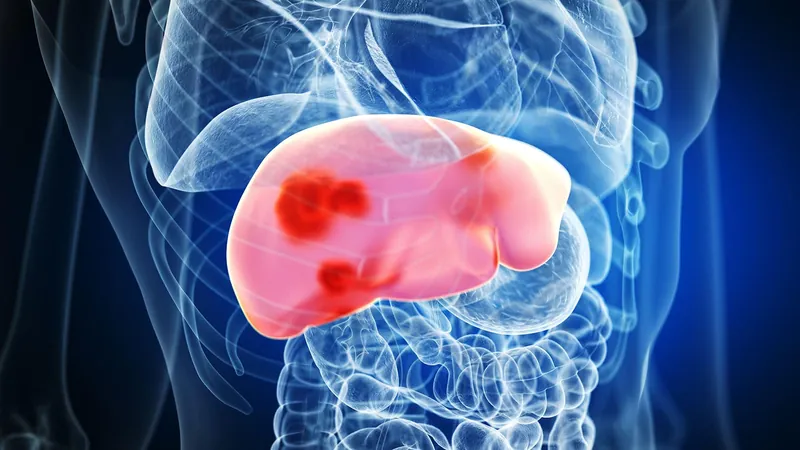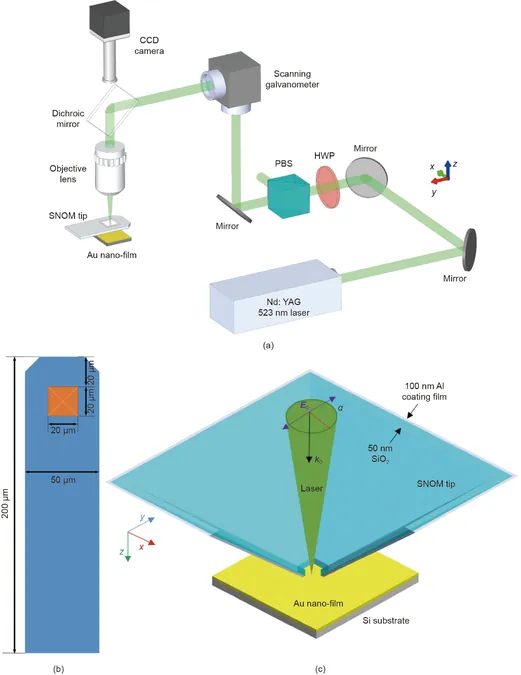
Revolutionary Algorithm Claims to Predict HCC Risk in Patients with Advanced Chronic Liver Disease — Could It Change Lives?
2024-10-25
Author: Wei
Introduction
In a groundbreaking multicenter study, researchers have unveiled a risk stratification algorithm that may accurately predict which patients with advanced chronic liver disease are most likely to develop hepatocellular carcinoma (HCC). With over 2,300 participants involved, the research unveils a powerful new tool in the battle against one of the most aggressive forms of liver cancer.
The PLEASE Algorithm
The study introduces a six-parameter algorithm called PLEASE, which has shown a stark difference in risk levels among patients. Those categorized as high risk exhibited a staggering 15.6% chance of developing de novo HCC within two years, in contrast to just 1.7% for their low-risk counterparts. This significant distinction emphasizes the potential impact of early detection and timely interventions for at-risk individuals.
The six parameters of the PLEASE algorithm include: - Platelet count below 150 × 10^9/L - Liver stiffness measurement (LSM) of 15 kPa or higher - Age of 50 years or older - Male gender - Presence of controlled/uncontrolled viral hepatitis - Diagnosis of steatotic liver disease
Implications for Patient Management
Patients falling into the high-risk category have four or more of these traits, indicating the urgency for more frequent HCC screenings. Dr. Jonel Trebicka, a leader in this study from Münster University in Germany, stated, "By implementing our new algorithm, we can provide a structure for the much-needed additional screenings for those at high risk, while allowing those at lower risk to have extended screening intervals."
Notably, there are deep implications for resource allocation and patient management in clinical settings. An accompanying editorial by Dr. Stephen L. Chan from the Chinese University of Hong Kong underscores that this validated algorithm not only broadens screening protocols but could lead to improved outcomes and greater cost-effectiveness, as seen in existing programs for other cancer types.
Challenges in Surveillance
However, the study also reveals a concerning truth: even with improved risk stratification, there remains a critical gap in actual surveillance adherence. A U.S. cohort study found that only 14% of patients received semi-annual monitoring, with two-thirds skipping regular screenings altogether. This alarming trend suggests that a robust designed intervention is required to educate patients regarding the screening's life-saving potential.
Study Details and Findings
The research team analyzed data from 2,340 patients across 17 centers in Germany and China, all with valid baseline evaluations through advanced two-dimensional shear-wave elastography. Their follow-up statistics revealed that HCC emerged in 5.4% of the patients during an average follow-up period of 13.7 months. Factors such as higher LSM, lower platelet counts, male sex, age, and liver disease etiology were all found to be independently associated with an increased HCC risk.
Validation and Future Implications
In an exciting twist, the researchers also validated their algorithm across various elastography techniques and in another cohort in Vienna, Austria. This versatility suggests that the PLEASE algorithm has the potential to be seamlessly integrated into clinical practice, regardless of differences in hospital equipment or patient demographics.
Conclusion
As the landscape for liver cancer evolves, the use of innovative algorithms like PLEASE could redefine the standards of care. For patients at risk of HCC, this might mean more precise screening, better management of their conditions, and ultimately, improved life outcomes. The medical community's response to this study will likely continue to unfold, but one thing is certain: the path to HCC prevention has taken a significant leap forward.




 Brasil (PT)
Brasil (PT)
 Canada (EN)
Canada (EN)
 Chile (ES)
Chile (ES)
 España (ES)
España (ES)
 France (FR)
France (FR)
 Hong Kong (EN)
Hong Kong (EN)
 Italia (IT)
Italia (IT)
 日本 (JA)
日本 (JA)
 Magyarország (HU)
Magyarország (HU)
 Norge (NO)
Norge (NO)
 Polska (PL)
Polska (PL)
 Schweiz (DE)
Schweiz (DE)
 Singapore (EN)
Singapore (EN)
 Sverige (SV)
Sverige (SV)
 Suomi (FI)
Suomi (FI)
 Türkiye (TR)
Türkiye (TR)